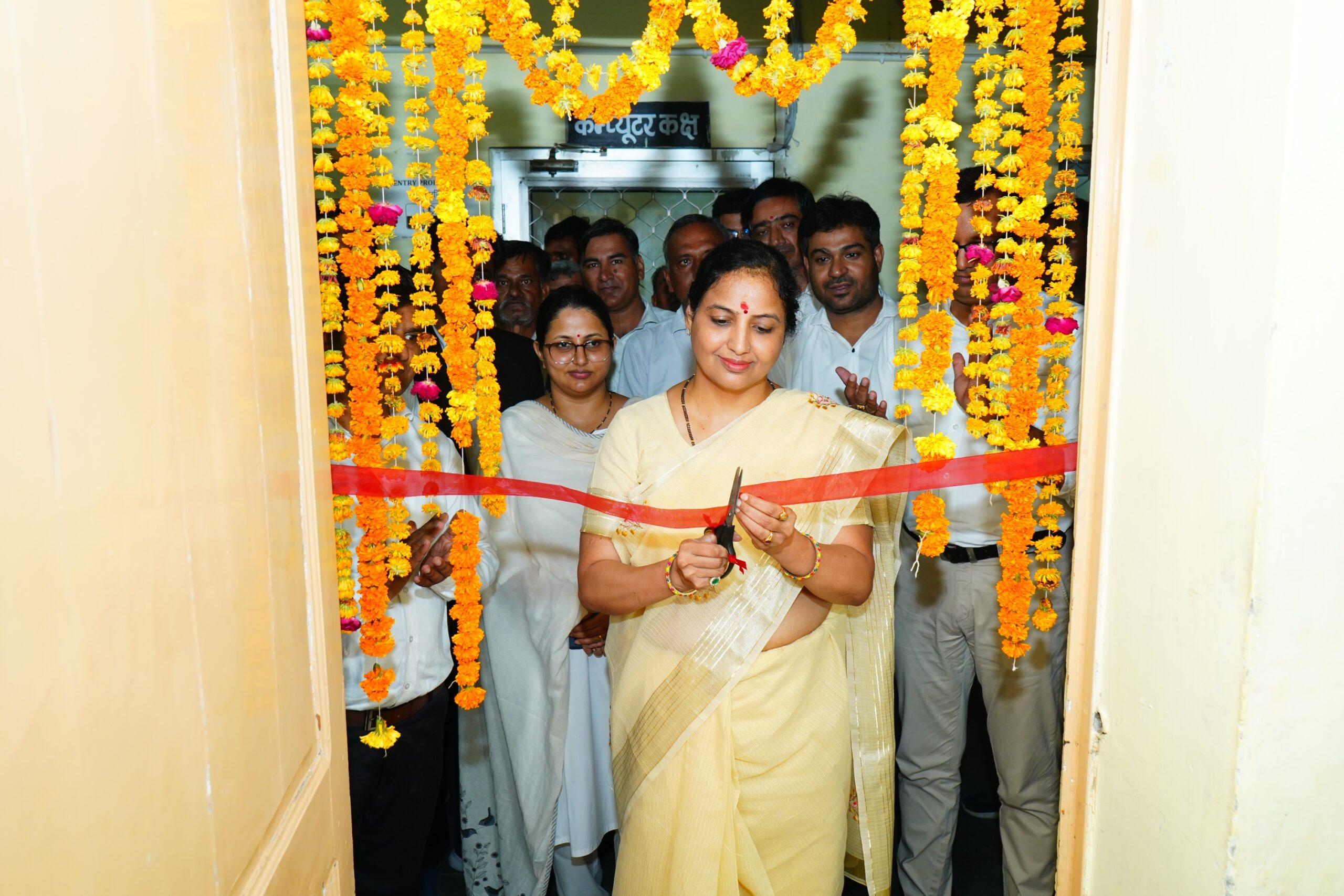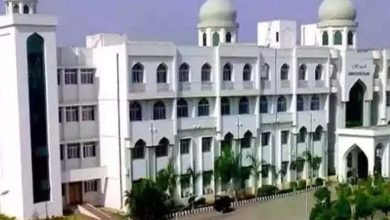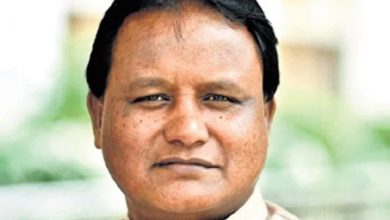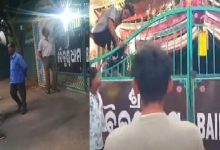ISRO Chief’s big statement regarding Chandrayaan-3, preparations to put lander and rover to sleep
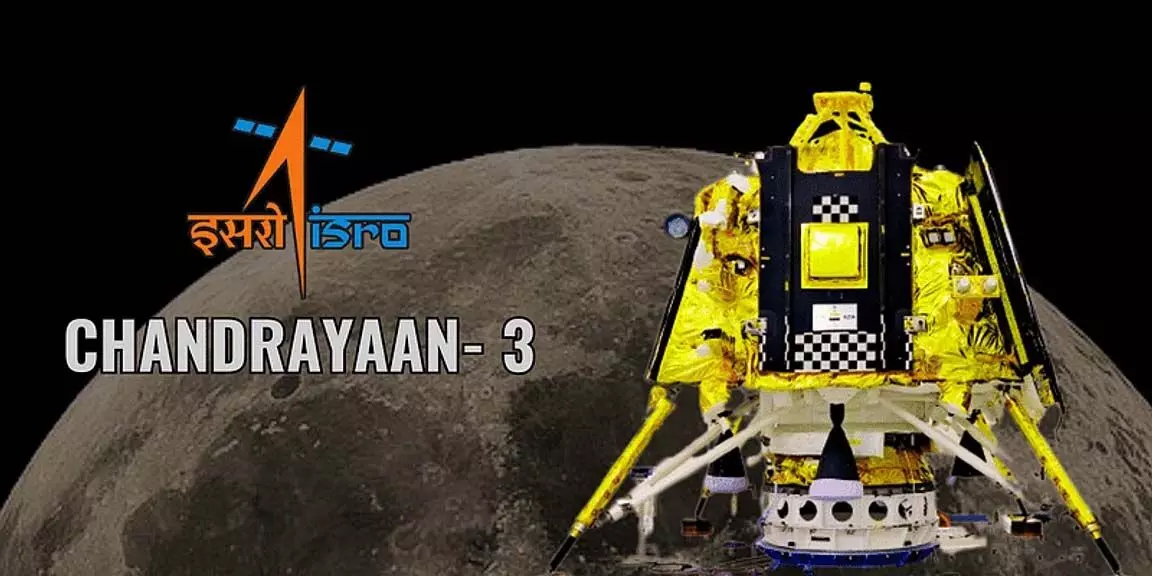
New Delhi: There has been a big disclosure regarding Chandrayaan-3. ISRO is now going to put Vikram Lander and Pragyan Rover to sleep. He will do this work in a day or two. ISRO chief Dr. S. Somnath has said this. He gave this information after the successful launch of Aditya-L1.
There will be darkness on the moon till 5-6th. The sun will set. Then the lander and rover will remain in the night for the next 14-15 days. That is, the night of the moon is about to begin. But right now is it day or night on the moon. Chandrayaan-3 was landed near the south pole of the Moon at 6:04 pm on 23 August 2023. At that time the sun was rising there.
ISRO’s plan was that the part of the moon where the lander-rover would land would receive sunlight for the next 14-15 days. That means it is still day over there. Which will remain for the next four-five days only. After that it will start getting dark. Sunlight will not fall on the Lander-Rover. This is being done so that the systems are turned off after fully charging the battery. So that they can be turned on again later if needed.
Solar panels are installed in the lander and rover. They are charged by taking energy from the sun. As long as they get sunlight, their batteries will continue to charge. He will keep working. Rover and lander can work for a few days or hours even after darkness. It depends on the charging of their battery. But after this they will wait for the sun to rise after next 14-15 days. It is possible that they may become active again after the sun rises. To work for the next 14-15 days.
The sun rises on the moon every 14-15 days. Then it sets for the same number of days. That means there is light there for so many days. The Moon keeps revolving around the Earth while rotating on its axis. Therefore, one part of it faces the sun, while the other goes behind. Therefore, the shape of the sun also changes every 14-15 days. ISRO is confident that the lander-rover will become active again once it receives sunlight.












